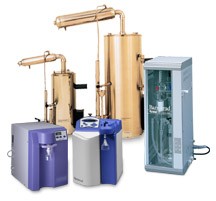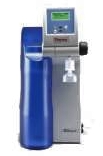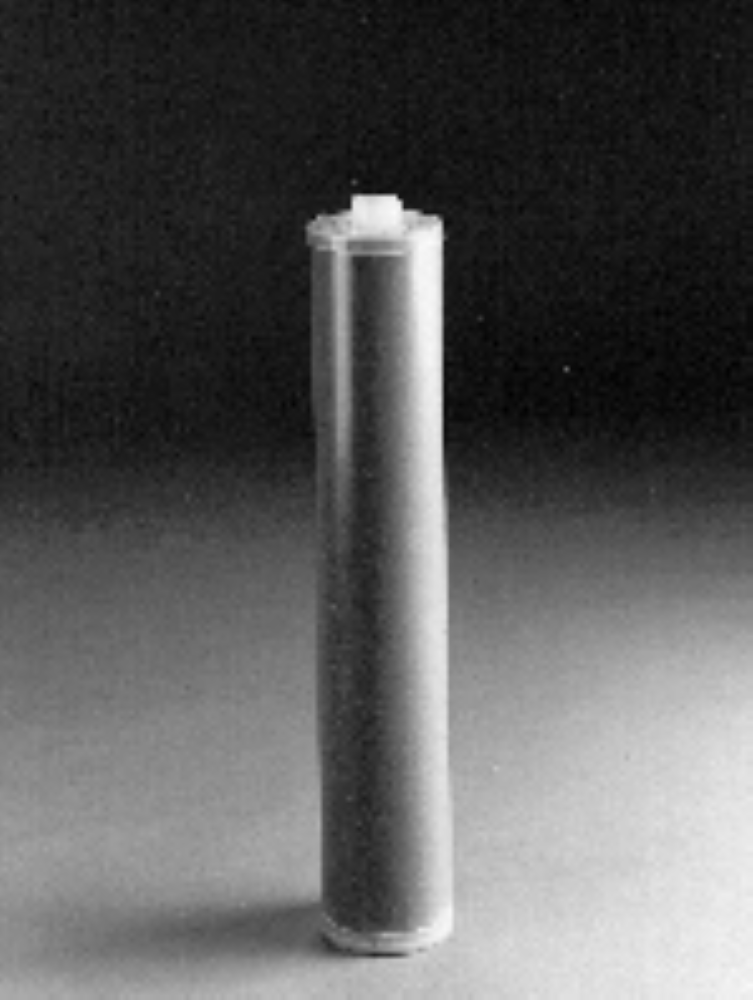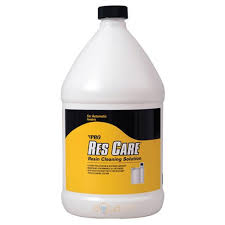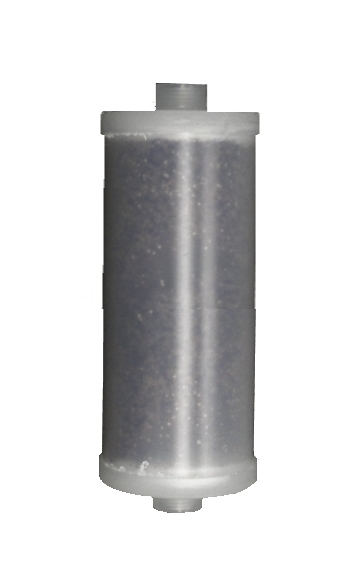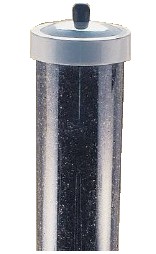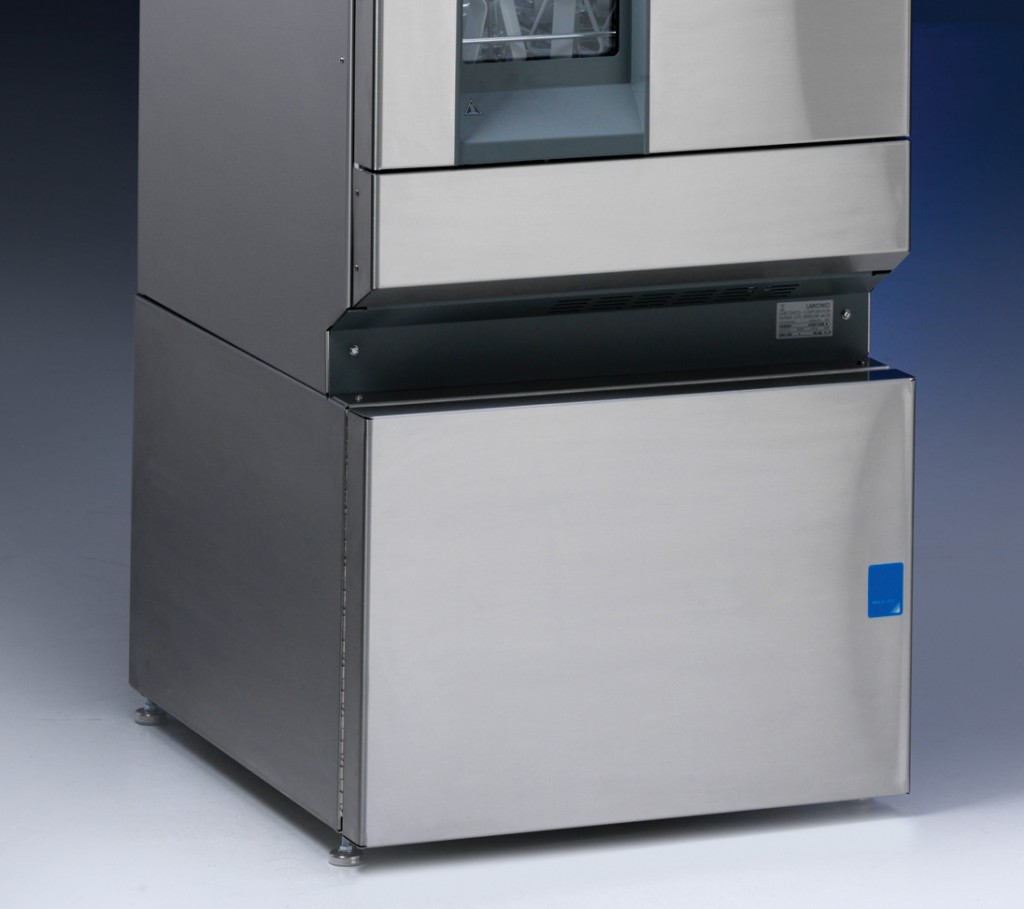Water for Pharmaceutical Use
DEPT. OF HEALTH, EDUCATION, AND WELFARE
PUBLIC HEALTH SERVICE
FOOD AND DRUG ADMINISTRATION F.D.A.
____________________________________________________________
PURPOSE
This ITG will cover the different types of water used in the manufacture of drug products.
THE 8 TYPES OF WATER ARE:
1. Non-potable
2. Potable (drinkable) water
3. USP purified water
4. USP water for injection (WFI)
5. USP sterile water for injection
6. USP sterile water for inhalation
7. USP bacteriostatic water for injection
8. USP sterile water for irrigation
The USP designation means that the water is the subject of an official monograph in the current US PHARMACOPEIA with various specifications for each type. The latter 4 waters are "finished" products that are packaged and labeled as such and need not be of concern during an inspection outside of plants which actually produce these products.
The USP purified water and the USP WFI on the other hand are components or "ingredient materials" as they are termed by the USP, intended to be used in the production of drug products.
But what about potable water as a component? Is it required to undergo routine sampling and testing before use in production? According to the preamble to the Current Good Manufacturing Practice regulations (CGMPs), no acceptance testing is required for potable water unless it is obtained from sources that do not control water quality to Environmental Protection Agency (EPA) standards. It is important to know that potable water may not be used to prepare USP dosage form drug products or for laboratory reagents to test solutions. However, potable water may be used to manufacture drug substances (also known as bulk drugs or bulk pharmaceutical chemicals).
During your inspection, determine the source of the water used for wet granulations or for any aqueous liquid preparations as well as for the laboratory. It should be of USP purified water quality both chemically and microbiologically.
Is non-potable water a concern during drug inspections? It may be present in a plant in the boiler feed water, cooling water for the air conditioning or the fire-sprinkler systems. Look carefully for any cross-connections to the potable water supply. Non-potable water supply lines should be clearly marked as such, especially when adjacent to potable water supply connections.
WATER PRODUCTION SOURCES
The USP defines acceptable means of producing the various types of component waters. USP WFI may be made only by distillation or reverse osmosis.
Potable water is obtained primarily from municipal water systems but may also be drawn from wells, rivers, or ponds.
SOURCES OF WATER CONTAMINATION
Piping system defects may cause contamination of clean incoming water. Because of this possibility, point-of-use sampling is indicated, that is, drawing the water sample after it has passed through the piping system.
Microbial contamination of oral liquid and topical drug products continues to be a significant problem, and is usually rooted in the use of contaminated water. Because of the potential health risks involved with the use of contaminated water, particular attention should be paid to deionized (DI) water systems, especially at small, less sophisticated manufacturers.
To minimize this contamination, the USP notes that water systems for pharmaceutical manufacturing should have "corrective facilities." By this they mean access to the system for sanitization or introduction of steam, chlorinators, storage at elevated temperatures, filtration, etc. Inquire about these during your inspection.
Seasonal variations in temperature and growth of flora may also cause fluctuations in microbial content of source water. Monitoring should be frequent enough to cover these variations.
IN-PLANT WATER TREATMENT SYSTEMS
Sand bed filters with or without chlorination equipment are common in larger plants. However, these may be centrally located and the water piped to the pharmaceutical manufacturing site. The operations of these systems should be validated along with any subsequent treatment.
If storage tanks are used, determine the capacity, the rate of use, the frequency of flushing and sanitizing the internal surfaces.
While depth or membrane type filters are often used in water systems, final filtration as the sole treatment for water purification is generally not acceptable. However, filtration could be acceptable, for example, when used for reducing microbial/particulate loads in potable water used as an ingredient in chemical manufacturing where water need not be sterile.
Chlorination of potable water is an effective treatment if minimum levels of 0.2mg/liter of free chlorine are attained. Be aware however, that any carbon or charcoal filters in the system will remove this protective chlorine and thus eliminate any inhibitory effect on microbial growth after this point.
USP WFI is usually produced in a continuously circulating system maintained at an elevated temperature. The high temperature, maintained uniformly throughout the system by constant circulation, prevents significant microbial growth. A temperature of 80^oC is commonly used and is acceptable. Somewhat lower temperatures may also be acceptable, provided the firm has adequate data to demonstrate that a lower temperature works as intended. If WFI is held at ambient temperature rather than recirculation at elevated temperature, it must be dumped or diverted to non-WFI use 24 hours after being produced.
GENERAL COMMENT
Although there are no absolute microbial standards for water (other than water intended to be sterile), the CGMP regulations require that appropriate specifications be established and monitored. The specification must take into account the intended use of the water; i.e., water used to formulate a product should contain no organisms capable of growing in the product. Action or alert limits must be based upon validation data and must be set low enough to signal significant changes from normal operating conditions.
REFERENCES:
FDA Current Good Manufacturing Practice regulations, Federal Register, Vol.43, No. 190 - Sept. 29, 1978, I. General Comments and Subpart C, para. 211.48.
Water Programs, Environmental Protection Agency, National Interim Primary Drinking Water Regulations, Dec. 16, 1985, 40 Code of Federal Regulations, Part 141, para. 141.14 and 141.21.
United States Pharmacopeia XXI, Water for Pharmaceutical Purposes, section 1231 and Official Monographs-various types of water, 1985.
FDA LETTER TO THE PHARMACEUTICAL INDUSTRY Re: Validation and Control of Deionized Water Systems, - Daniel L. Michels, Bureau of Drugs, Aug. 1981.
FDA Inspection Technical Guide, Number 36, Reverse Osmosis, Oct. 1980.
FDA Inspection Technical Guide, Number 40, Bacterial Endotoxins/Pyrogens, March 1985.
Protection of Water Treatment Systems series, PMA Deionized Water Committee, PHARMACEUTICAL TECHNOLOGY - May, Sept. and Oct., 1983; Sept. 1984, and Nov. 1985.
Parenteral Drug Association, Design Concepts for the Validation of a Water for Injection System, Technical Report No. 4, 1983.
Monitoring and Validation of High Purity Water Systems with the LAL test for pyrogens, T.J. Novistsky, Pharmaceutical Engineering, March-April, 1984.
|
Images are representative of the products. Images may or may not be of the actual product. If it is important e-mail us for an actual image if available.
* Flat Rate UPS shipping when able to ship via UPS and is in the USA excluding Hawaii and Alaska.
Larger Items may not be able to ship via UPS, in that case freight charges will be quoted seperately.
International shipping will be quoted after the order is placed. You will have the opportunity to cancel before we finalize your order.
Terms and conditions
Credit Application
Privacy
Policy
List All Products
|
